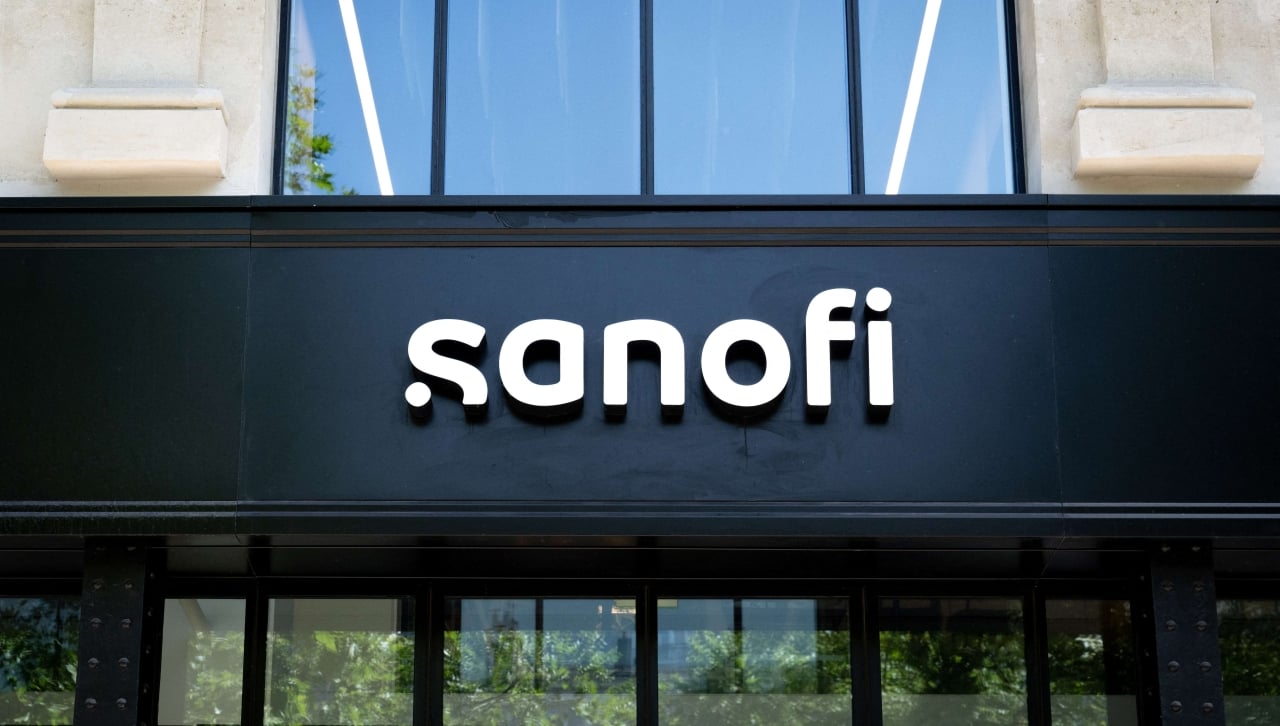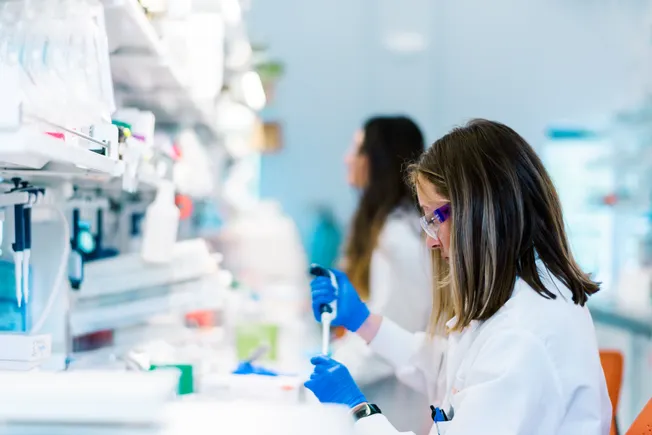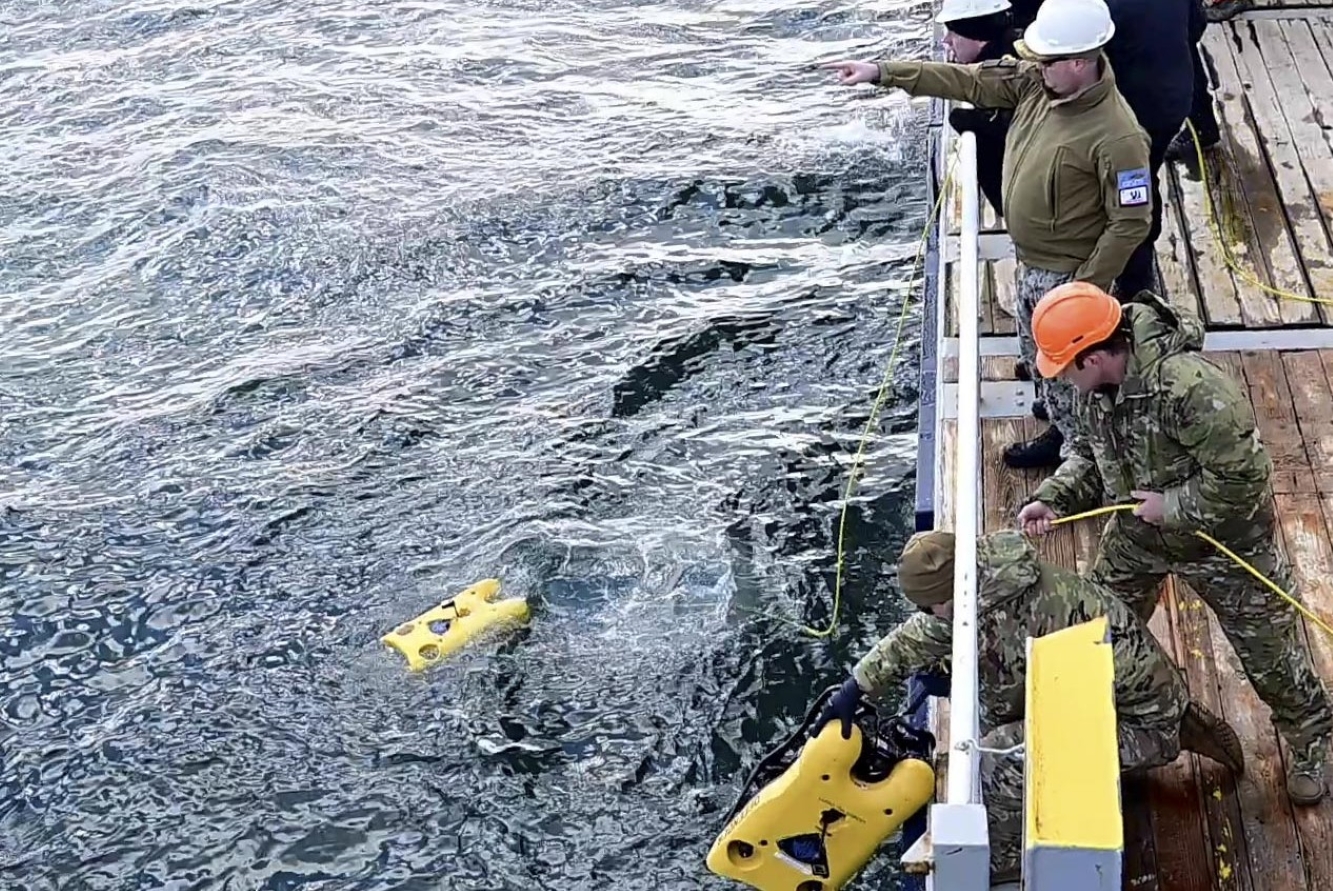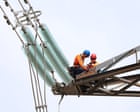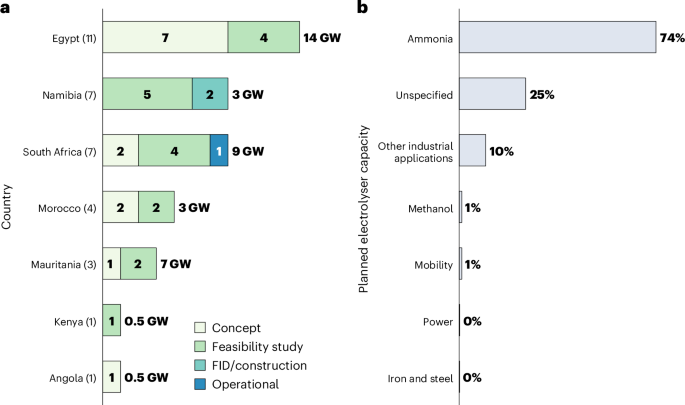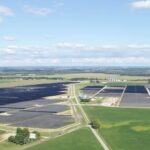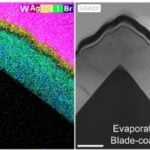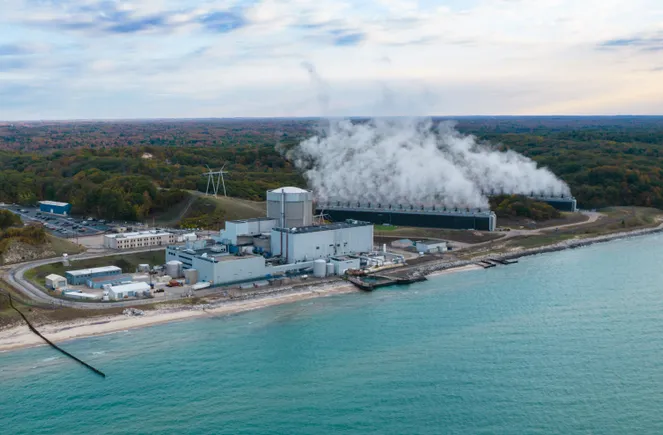Visualizing GSH‐ONOO− Redox and Tracking Lesion‐Remedy of Acute Kidney Oxidative Injury Based on a Dual‐Site Chemosensor
Advanced Healthcare Materials, EarlyView.

A dual-site chemosensor, BPS, is developed for real-time monitoring ONOO−/GSH Redox in cells and in vivo of the DIAKI model. Leveraging the visualization capabilities of the chemosensor, the study enabled the tracking of lesion progression and therapeutic recovery in both HK-2 cells and a murine DIAKI model. These findings provide critical technical support for advancing early detection and improvement.
Abstract
Drug-induced acute kidney injury (DIAKI) is strongly associated with the accumulation of peroxynitrite (ONOO−) and the depletion of glutathione (GSH), both of which contribute to increased morbidity and mortality. Owing to the lack of an effective method for the real-time monitoring of nephrotoxicity, it remains a diagnostic and therapeutic challenge and is considered a significant issue in clinical practice. Herein, a dual-site fluorescent chemosensor, BPS is developed, which enables the simultaneous real-time monitoring of ONOO− and GSH through distinct channels (ONOO−: λ ex = 410 nm, λ em = 548 nm; GSH: λ ex = 490 nm, λ em = 660 nm) without spectral crosstalk. The sensor displays remarkable sensitivity toward ONOO− and GSH, with low detection limits (181 nm and 2.42 µm, respectively), exceptional specificity, and anti-interference effects. BPS is used to monitor ONOO−/GSH in real time to track the lesion of cisplatin-stimulated DIAKI and the following remedy process in mice and HK-2 cells for the first time. BPS provides a feasible tool for investigating oxidative stress-related DIAKI disease processes and further exploring some physiological mechanisms. Moreover, this study also offers a strategy for visualizing, modulating, and controlling the intracellular GSH/ONOO− redox.
























































